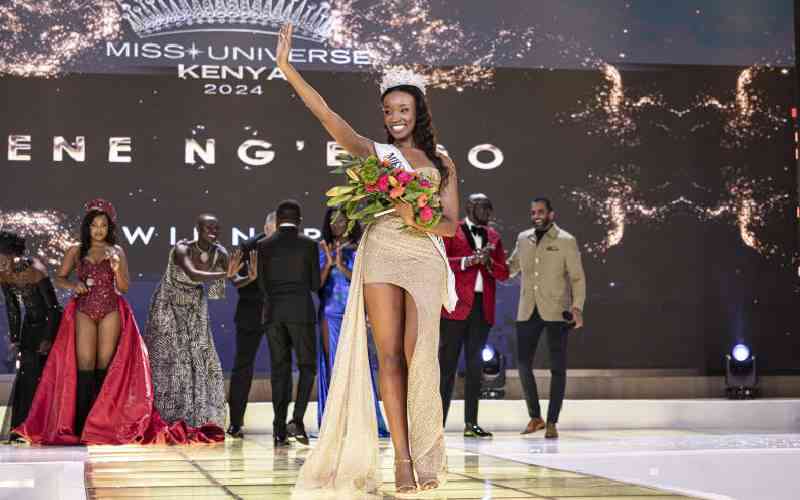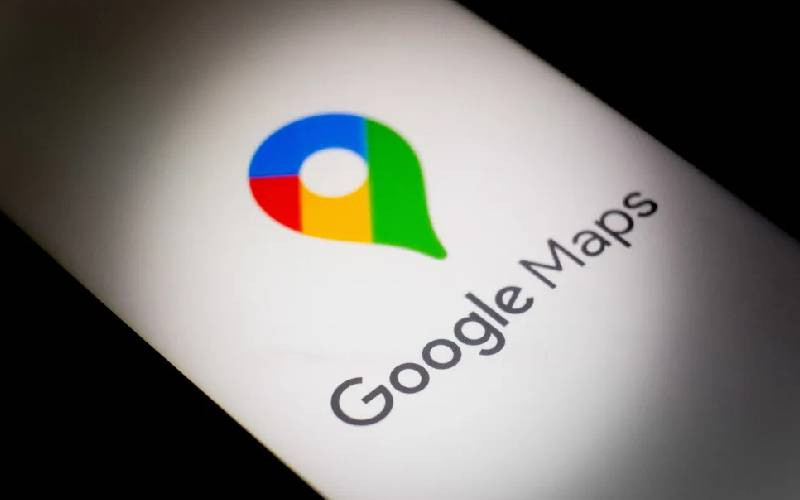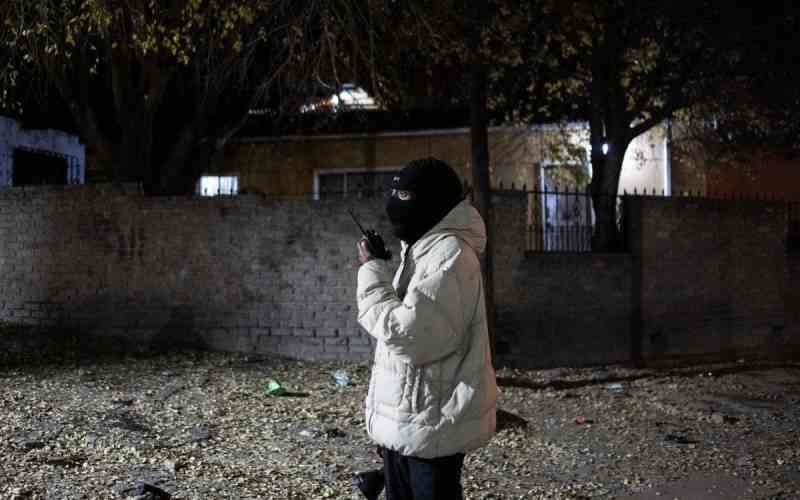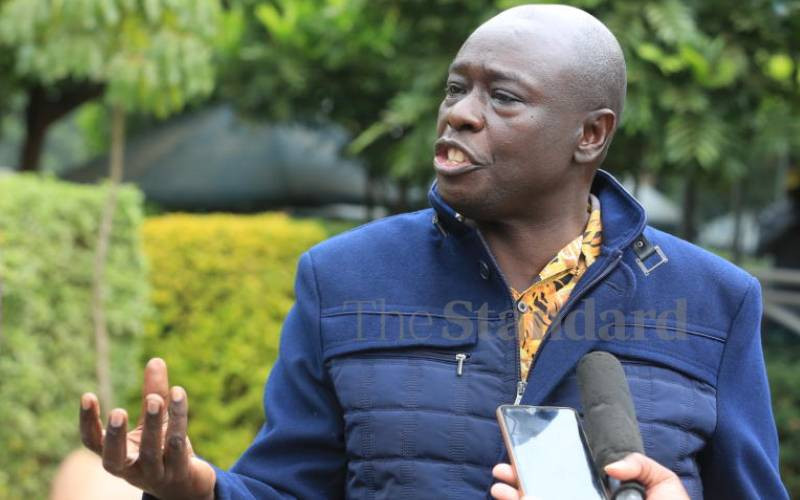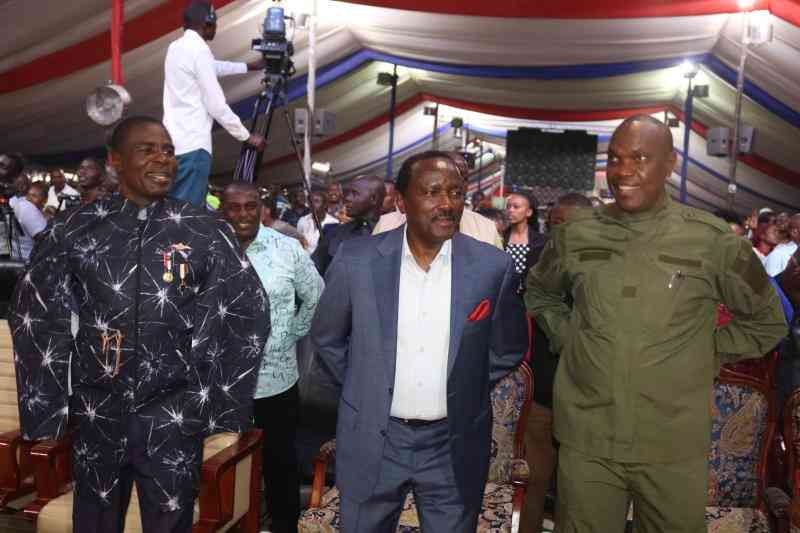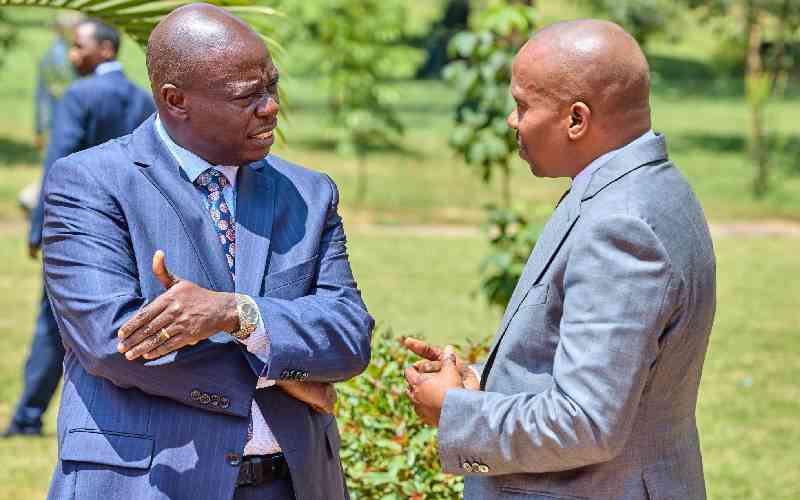 |
|
Apartheid Museum in Johannesburg, South Africa. [PHOTOS: PATRICK MATHANGANI/STANDARD] |
By PATRICK MATHANGANI in Johannesburg
It makes one feel sick when visiting the Apartheid Museum in Johannesburg. It brutalises you; leaves you mad, sad and tortured. But it also reminds you of the power of forgiveness and helps you suppress the anger.
The museum takes one through the footsteps of the ruling class during the apartheid era, plus those of a people assaulted in their homeland for more than 300 years.
You feel the victims’ pain. It touches your soul and crushes your bones.
The museum’s staff issued me with a pass written ‘White’. Other visitors were also randomly classed as black or white. Two dark doorways led through a journey of either master or slave. The heavy black metal doors paint the picture of dungeons of cruelty.
Lung infection
But before I plunged into the darkness of one of these two paths, I noticed some uplifting words from former President Nelson Mandela, the freedom icon, who has taught the world that good can come out of forgiving one’s oppressors. “To be free is not merely to cast off one’s chains but to live in a way that respects and enhances the rights of others.”
I visited the museum as Mandela, who is idolised for his fight against racial prejudice, spent his 29th day in a Pretoria hospital. Doctors are treating him for a recurring lung infection and describe his condition as critical but stable.
I moved forward below a sign showing the pathway was strictly reserved for “BLANKES” – Afrikaans for “WHITES”.
My colleagues in The Standard’s sister television station, KTN, disappeared into another doorway reserved for “NIE-BLANKES”, or non-whites.
Just like in the era of apartheid, we would be separated in the next phase of our journey. However, we would re-unite on the other side of the museum, representing the end of apartheid rule in 1990.
As I walked through the revolving metal grills, I knew that the Whites, who walked this path, were also in chains. The large signs in English and Afrikaans also represent the English and later generations of Dutch settlers known as Boers. These two groups once slit each other’s throats for a piece of South Africa. They eventually extended a hand of peace, creating the Union of South Africa in 1910 and agreeing to eat from the same pot.
But the indigenous black community was excluded from this union.
Signs on the wall remind you of the warped thinking of the architects of apartheid, revealing a credo based on racial bigotry.
There are signs for the various segregated places — parks, taxi ranks and bars. There is even a street for “all-non Europeans and tradesmen with bicycles”.
Stay informed. Subscribe to our newsletter
Statements by opinion leaders at the time prick people’s conscience today. Take the words of Geoff Cronje, a professor of sociology at the University of Pretoria in 1945: “There are Whites born in this country who have degenerated to such an extent in respect of morality, self respect and racial pride that they feel no objection against blood mixing. Whites must protect themselves against this conscienceless and criminal blood mixers by making all blood mixing punishable,” he said.
It was on the advice of such people that inter-racial sex and marriage were banned. Yes, loving another person be a crime.
Colour-coding
The so-called blood mixing gave rise to coloureds – people who were neither black nor white. When the Group Areas Act was enacted, prescribing different areas for Whites, Blacks, Coloured and Indians, many people of mixed race found themselves separated from parents and family members. Their parents, who were black and white, could not live in the same area. Children born of such parents could only live in a “coloured” area, away from their already separated parents.
Afrikaans for “apartness”, apartheid broke people’s hearts as well as their families.
Some people found themselves either too white, too black or in between. An identity crisis ensued. Officials could declare one belonged to this group or other on the stroke of a pen.
As recently as 1984, at least “1,000 chameleons” filed documents to change their colour in government records. They changed from coloured to white, white to coloured, Indian to white, Chinese to white, Indian to coloured, coloured to Indian, Indian to Malay, Malay to Indian, black to coloured, blacks to “other Asians”, coloured to Chinese…
It was a kaleidoscope of confusion that reflects an identity crisis that prevails to date.
As I emerged into the open grounds outside and breathed fresh air, I could feel the freedom of a world without prejudice. I was free to mingle with Whites, Blacks, Coloureds and the ones without colour. I noticed another inscription on the wall: “Humanity was born in Africa. All people, ultimately, are African”. How true!
Archeologists agree that the earliest humans lived near Lake Turkana in the Rift Valley. These early ancestors later moved out of Africa, populating Europe and the rest of the world. The irony is that when Europeans came to Africa, they were only returning home. But they brought with them the savagery of colonialism.
If we all share one ancestor, when shall we be brave enough to conquer prejudice? It will take courage to break these chains.
 The Standard Group Plc is a
multi-media organization with investments in media platforms spanning newspaper
print operations, television, radio broadcasting, digital and online services. The
Standard Group is recognized as a leading multi-media house in Kenya with a key
influence in matters of national and international interest.
The Standard Group Plc is a
multi-media organization with investments in media platforms spanning newspaper
print operations, television, radio broadcasting, digital and online services. The
Standard Group is recognized as a leading multi-media house in Kenya with a key
influence in matters of national and international interest.
 The Standard Group Plc is a
multi-media organization with investments in media platforms spanning newspaper
print operations, television, radio broadcasting, digital and online services. The
Standard Group is recognized as a leading multi-media house in Kenya with a key
influence in matters of national and international interest.
The Standard Group Plc is a
multi-media organization with investments in media platforms spanning newspaper
print operations, television, radio broadcasting, digital and online services. The
Standard Group is recognized as a leading multi-media house in Kenya with a key
influence in matters of national and international interest.


